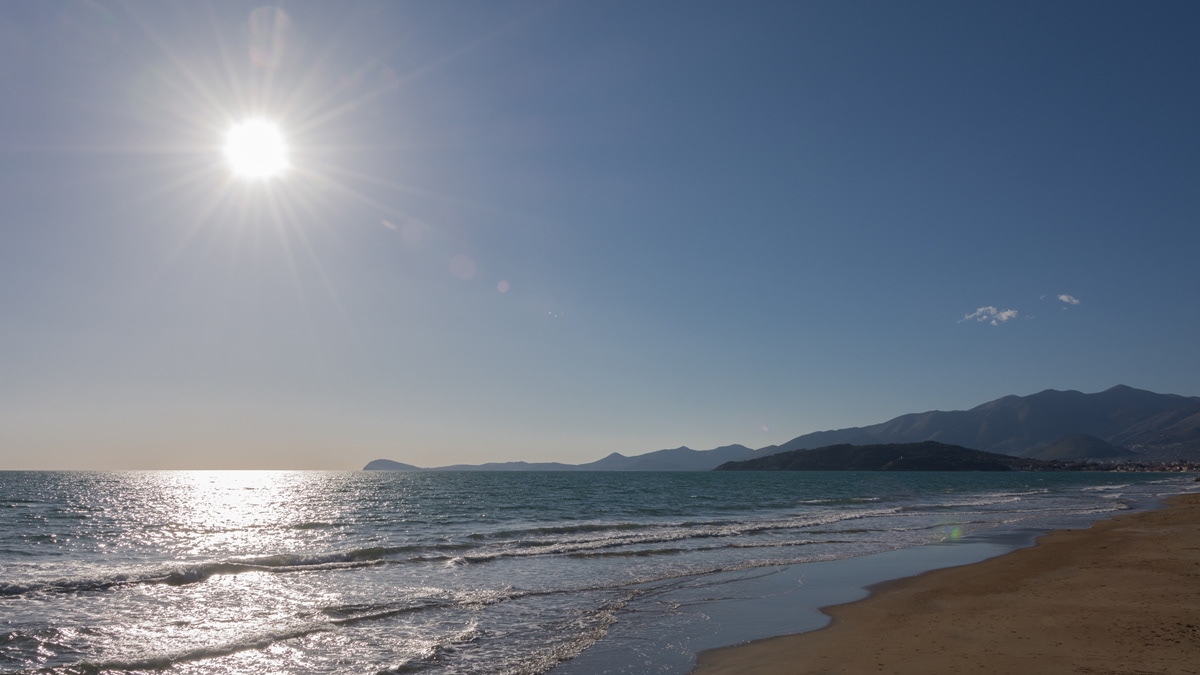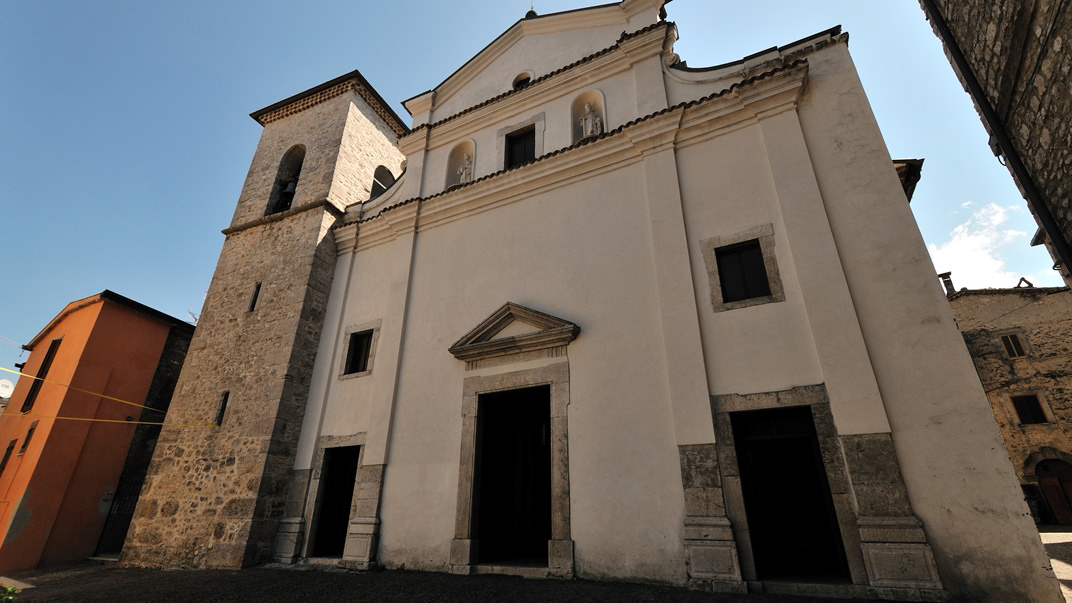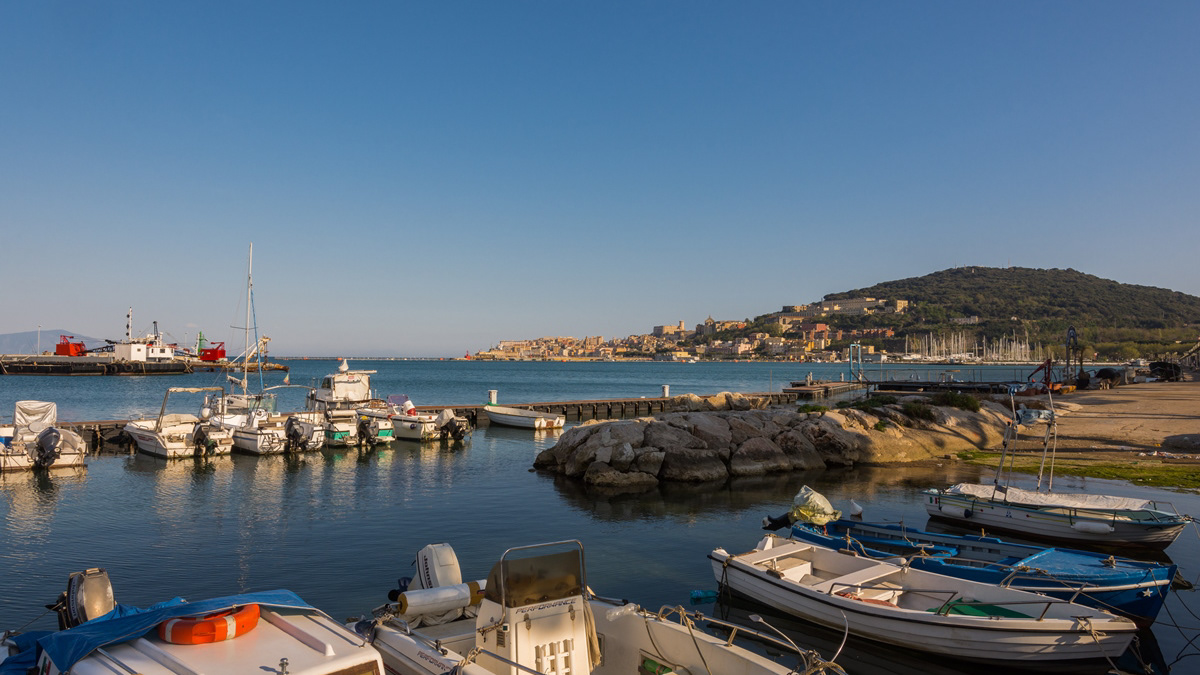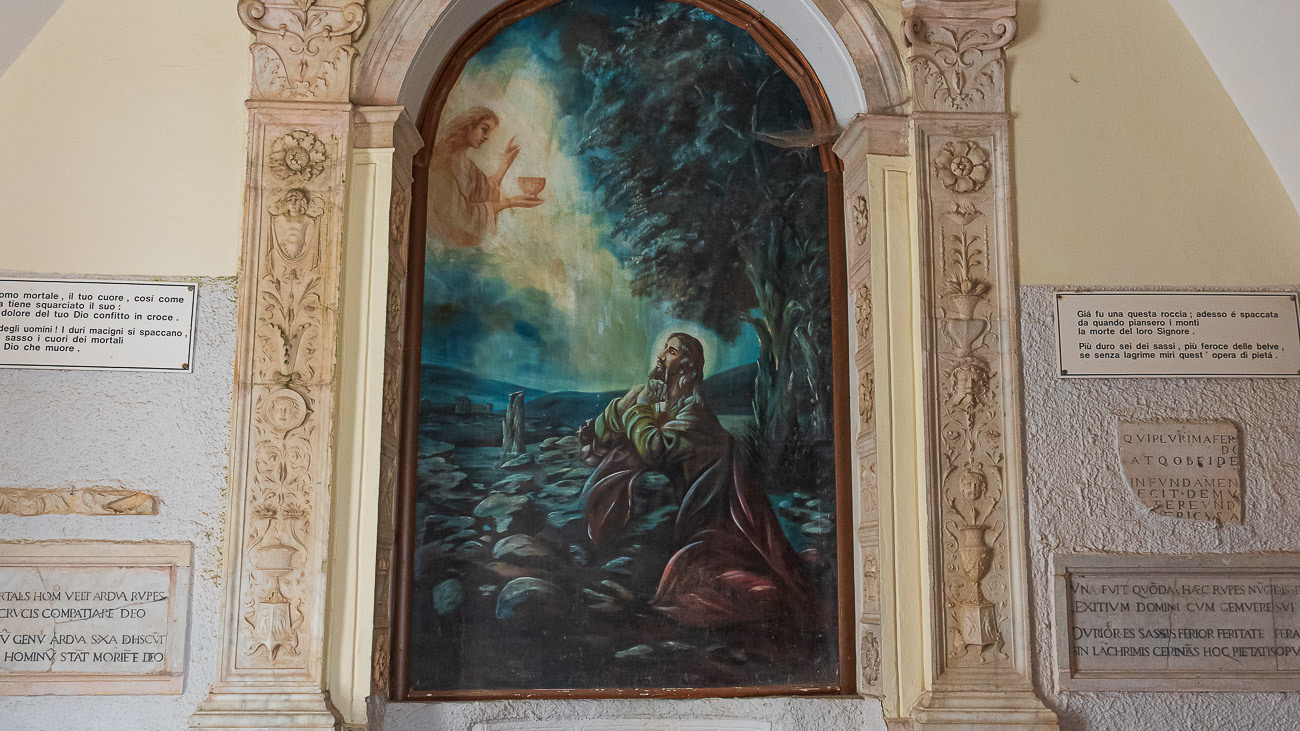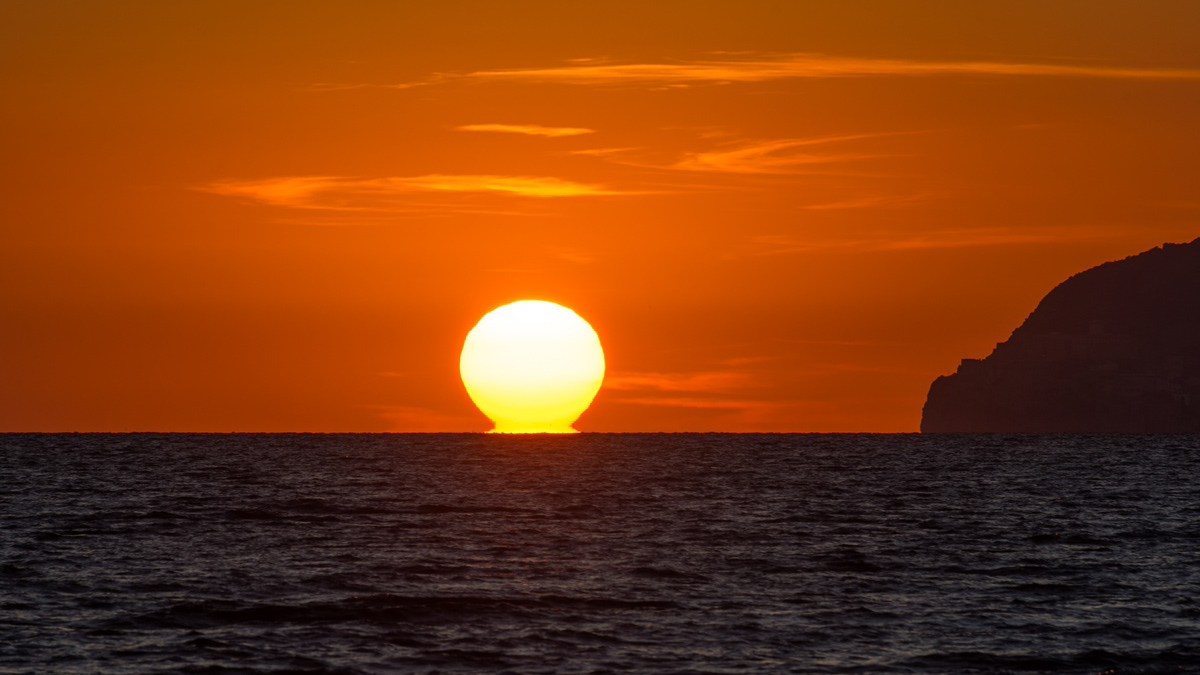Collepardo (FR) - The Charterhouse of Trisulti
The Charterhouse of Trisulti is a monastery located in the municipality of Collepardo, in the province of Frosinone. It has been a national monument since 1873. Since December 2014 it has been managed by the Lazio Museum Complex. It is located among oak woods, in the so-called Selva d'Ecio, at the foot of Mount Rotonaria (Monti Ernici), at an altitude of 825 m and 6 km north-east of the town. Immersed in the green of centuries-old forests lies this famous and majestic Certosa, founded in 1204 by the will of Pope Innocent III and entrusted, since 1208, to the Carthusian monks (hence the name "Certosa"). In 1947 they were replaced by the Cistercian monks of the Congregation of Casamari. In 2018 the Ministry of Cultural Heritage entrusted it in concession to the "Dignitatis Humanae Institute" Association. Inside it is possible to visit the Church with valuable works of art, the ancient Pharmacy of the seventeenth century. , the gardens, the refectory, the large cloister and the small cloister with the ancient cemetery of the monks.
You may also like
